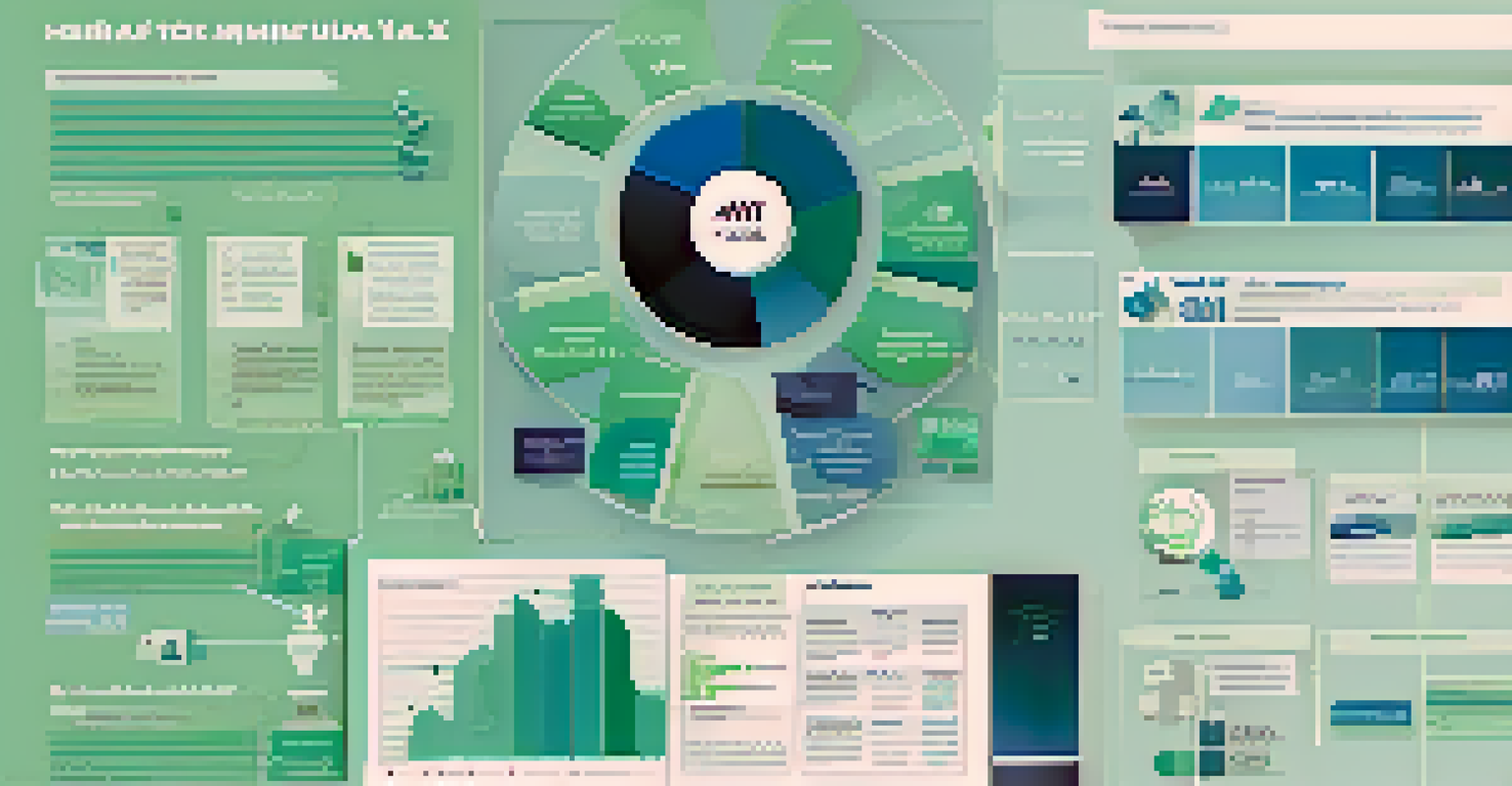AMT Exemptions: Who Qualifies for Reduced Tax Burden?

What is the Alternative Minimum Tax (AMT)?
The Alternative Minimum Tax (AMT) is a supplemental tax system designed to ensure that high-income earners pay a minimum amount of tax. It was introduced to prevent wealthier individuals from using loopholes to avoid taxes altogether. Essentially, if your regular tax liability falls below a certain threshold, you may find yourself subject to the AMT, which recalculates income and deductions.
In this world, nothing can be said to be certain, except death and taxes.
The AMT operates on a different set of rules, which means that some deductions and credits available under the regular tax system may not apply. For example, state and local tax deductions are often disallowed under AMT rules. This can lead to a surprising tax bill for those who earn enough to trigger the AMT but may not have anticipated the extra liability.
Understanding the AMT is crucial, especially for individuals with high incomes or those who live in states with high taxes. By being aware of how the AMT functions, taxpayers can better plan their finances and potentially reduce unexpected tax burdens.
Who Qualifies for AMT Exemptions?
AMT exemptions are available to taxpayers who fall below specific income thresholds. For instance, single filers may qualify for an exemption if their income is below a certain level, while married couples filing jointly have a higher threshold. These exemptions are designed to shield lower and middle-income earners from the AMT, ensuring that they don’t face undue tax burdens.

Taxpayers with significant deductions, such as medical expenses or charitable contributions, might also benefit from AMT exemptions. If your regular tax deductions push your income into AMT territory, the exemption can help bring it back down. It's essential to evaluate your entire financial picture when determining whether you qualify for these exemptions.
Understanding AMT Basics
The Alternative Minimum Tax (AMT) ensures high-income earners pay a minimum amount of tax, recalculating income and deductions outside the regular tax system.
Additionally, certain categories of income, such as capital gains or qualified dividends, may impact your exemption eligibility. Understanding how different income sources interact with AMT rules can help taxpayers maximize their exemptions and minimize their tax liabilities.
Income Limits for AMT Exemptions
The income limits for AMT exemptions can change yearly, so it's essential to stay updated with the IRS guidelines. For example, the exemption amount for single filers might be different from those for married couples. Being aware of these limits helps taxpayers anticipate their tax liabilities and plan effectively.
The hardest thing in the world to understand is the income tax.
Typically, as your income increases, your AMT exemption begins to phase out. This means higher earners may see a reduction in their exemption amount, which can lead to a more significant tax burden. Knowing where you stand regarding these income limits can help you strategize your financial decisions throughout the year.
To make the most of your AMT exemption, consider working with a tax professional who can provide personalized guidance based on your specific situation. They can help you navigate the complexities of the tax code and ensure you’re maximizing your benefits.
Deductions that Affect AMT Exemption Eligibility
Certain deductions can significantly influence your AMT exemption eligibility. For example, the deduction for state and local taxes, often referred to as SALT, is disallowed under AMT rules. This means that if you typically deduct these taxes, you could find your AMT liability increasing as a result.
Other deductions, such as mortgage interest on home equity loans, are also treated differently under the AMT system. If you're planning to leverage such deductions, it's critical to understand how they might affect your AMT exemption. Being informed about these nuances can save you from unexpected tax consequences.
Eligibility for AMT Exemptions
Taxpayers below specific income thresholds and those with significant deductions can qualify for AMT exemptions to shield them from higher tax liabilities.
Taxpayers should also consider the impact of miscellaneous itemized deductions, which are not allowed under AMT calculations. By being aware of these deductions and their effects, taxpayers can make informed decisions about their finances and tax strategies.
Strategies to Minimize AMT Exposure
There are several strategies to help minimize exposure to the AMT. One effective approach is to time certain income and deductions. For instance, if you anticipate being close to the AMT threshold, consider deferring income or accelerating deductions. This can help you stay below the income limits and maintain your exemption.
Another strategy is to be mindful of your investment decisions. Certain investment choices, like exercising stock options, can trigger AMT liabilities. By planning and understanding the potential tax implications, you can make better financial choices that align with your tax goals.
Finally, working with a tax advisor can provide you with tailored strategies based on your unique financial situation. They can help you navigate the complexities of AMT and identify opportunities for minimizing your tax burden.
Filing AMT: Key Considerations
When it comes to filing the AMT, there are key considerations to keep in mind. First, taxpayers must complete IRS Form 6251 to determine whether they owe AMT. This form calculates your AMT liability and helps identify any potential exemptions you may qualify for.
It's also crucial to maintain thorough records of your income, deductions, and exemptions. Accurate documentation can simplify the filing process and ensure you're claiming all eligible benefits. As tax laws can change, being organized can save you time and stress come filing season.
Strategies to Reduce AMT Impact
Timing income and deductions, being mindful of investments, and consulting a tax advisor are effective strategies to minimize exposure to the AMT.
Lastly, consider consulting with a tax professional if you're unsure about the AMT filing process or your eligibility for exemptions. They can provide valuable insights and help ensure you navigate this complex area of tax law correctly.
The Importance of Staying Informed
Staying informed about changes to AMT rules and exemptions is vital for all taxpayers. Tax laws can evolve, and understanding these changes can impact your financial planning significantly. Regularly checking IRS updates or consulting with a tax professional can keep you in the loop.
Furthermore, being proactive about your tax situation can lead to better financial outcomes. Whether it's adjusting your withholding or reevaluating your investment strategy, awareness can empower you to make informed decisions. This not only helps with AMT but also enhances your overall financial health.

Ultimately, knowledge is power when it comes to tax planning. By understanding AMT exemptions and who qualifies, you can take control of your tax situation and work towards minimizing your tax burden effectively.